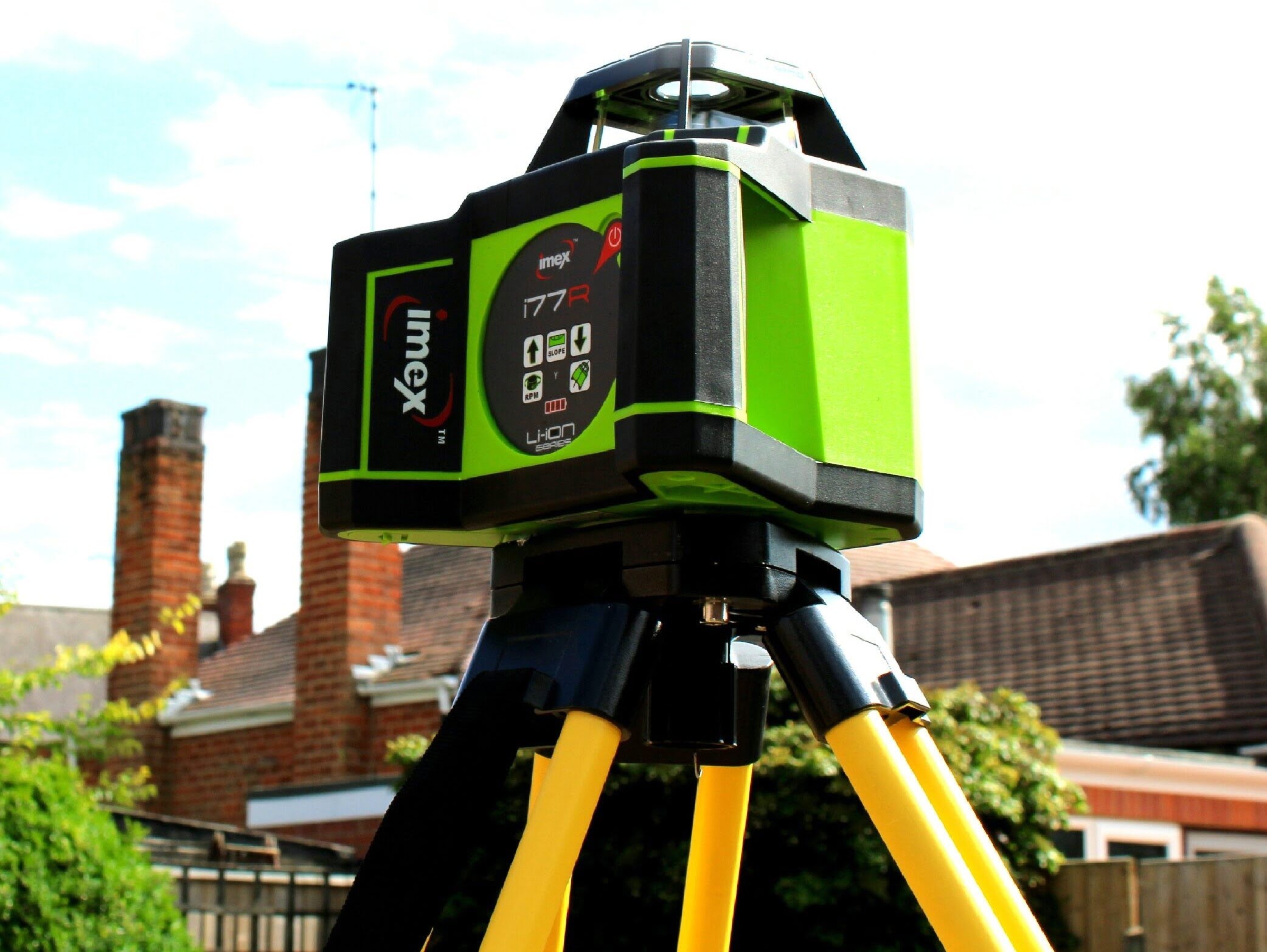

Articles
Who Uses Rotary Laser Level
Modified: January 24, 2024
Find articles on who uses rotary laser level and how they benefit from it. Learn about different industries and professionals utilizing this technology.
(Many of the links in this article redirect to a specific reviewed product. Your purchase of these products through affiliate links helps to generate commission for Storables.com, at no extra cost. Learn more)
Introduction
A rotary laser level is a valuable tool used across various industries for accurate and precise leveling applications. Whether it’s in construction, surveying, landscaping, or interior design, this device has become an essential part of the toolkit for professionals in these fields. In this article, we will explore the uses and benefits of rotary laser levels and discuss the factors to consider when choosing one.
What is a Rotary Laser Level?
A rotary laser level is a self-leveling laser device that emits a horizontal laser beam in a 360-degree rotation. It is used to determine and maintain a level reference line over long distances. The device spins rapidly, creating the appearance of a continuous laser line around the entire workspace. This makes it ideal for large-scale projects where precise leveling is essential.
Key Takeaways:
- Rotary laser levels offer increased accuracy, time, and cost efficiency, improved safety, and versatile applications in construction, surveying, landscaping, and interior design, making them indispensable tools for professionals in various industries.
- When choosing a rotary laser level, it’s crucial to consider factors such as range and accuracy, self-leveling capability, beam visibility and brightness, durability and waterproofing, as well as price and brand reputation to ensure optimal performance and reliability in diverse working conditions.
Read more: How To Use A Rotary Laser Level
What is a Rotary Laser Level?
A rotary laser level is a sophisticated tool that utilizes laser technology to provide accurate leveling and alignment measurements. It consists of a laser diode, a rotating assembly, and various control features. The laser diode emits a beam of light that is projected onto a surface, creating a visible reference line.
The rotating assembly allows the laser beam to spin in a complete circle, covering all angles and providing a 360-degree coverage. This feature enables the user to establish a level plane or align objects over large distances and around corners. The rotating mechanism can usually be adjusted to different speeds, allowing for versatility in different applications.
Rotary laser levels typically have a range of up to several hundred feet, making them ideal for construction projects that require precise measurements. They are commonly used in tasks such as laying foundations, aligning walls and ceilings, installing pipes and electrical wiring, and setting up outdoor structures.
One of the key features of rotary laser levels is their ability to self-level. This means that they automatically adjust their position to ensure an accurate horizontal reference line. They are equipped with a built-in pendulum or electronic leveling system that detects and corrects any unevenness in the surface. This self-leveling capability eliminates the need for manual adjustments and reduces the chances of human error.
Applications of Rotary Laser Level
A rotary laser level finds extensive use in a wide range of industries due to its versatility and precision. Here are some of the key applications where a rotary laser level is commonly utilized:
- Construction Industry: In the construction industry, rotary laser levels are used for tasks such as setting foundation lines, leveling concrete slabs, aligning walls, and installing suspended ceilings. They enable construction professionals to achieve precise measurements and ensure the accuracy and stability of structures.
- Surveying and Landscaping: Rotary laser levels are invaluable tools in surveying and land planning. They are used to establish reference lines, set grade elevations, and create level surfaces for roads, driveways, and landscaping projects. Surveyors can depend on the accuracy and range of rotary laser levels to achieve precise measurements over large areas.
- Interior Design and Installation: In interior design projects, rotary laser levels are employed to ensure level and straight lines during the installation of cabinets, shelves, tile, and other fixtures. They eliminate the need for manual measuring and marking, saving time and increasing accuracy. Additionally, they are helpful in hanging pictures and mirrors in a straight line.
- Pipe and Electrical Installation: When installing pipes, conduits, and electrical wiring, rotary laser levels are used to establish horizontal or vertical alignment. This ensures the proper positioning and slope of pipes and conduits, allowing for efficient and effective drainage and wiring installations. Electricians, plumbers, and HVAC technicians rely on rotary laser levels for accuracy in their work.
- Outdoor Construction: Rotary laser levels are also essential for outdoor construction projects such as installing fences, decks, and retaining walls. They help ensure that these structures are level and properly aligned. Additionally, they can be used for landscaping purposes such as grading soil, leveling lawns, and creating even surfaces for outdoor recreational areas.
The above applications demonstrate the versatility and wide-ranging utility of rotary laser levels across various industries. Their efficiency, accuracy, and ease of use make them indispensable tools for professionals in construction, surveying, landscaping, and interior design.
Construction Industry
The construction industry heavily relies on rotary laser levels to ensure precise measurements and level surfaces throughout the building process. From the earliest foundation stages to the final finishing touches, these tools play a crucial role in maintaining accuracy and consistency in construction projects. Here are some key areas where rotary laser levels are commonly used within the construction industry:
Setting Foundation Lines: Before any construction can begin, it’s essential to establish a level and accurate foundation. A rotary laser level is used to create reference lines, ensuring that the foundation walls are aligned correctly and at the appropriate height. This helps to prevent structural issues and ensures the stability of the entire building.
Leveling Concrete Slabs: Rotary laser levels are used during the pouring and leveling of concrete slabs. By projecting a laser line across the area, construction professionals can ensure a consistent and level surface. This is crucial for tasks such as installing flooring, setting up machinery, or creating a smooth base for further construction work.
Aligning Walls and Ceilings: Proper alignment of walls and ceilings is essential for both structural integrity and visual aesthetics. Rotary laser levels allow construction professionals to mark the desired height and ensure that walls and ceilings are straight and level. This results in a symmetrical and visually pleasing space.
Installing Suspended Ceilings: Suspended ceilings are a common feature in commercial and residential buildings. They require precise alignment to ensure a professional finish. Rotary laser levels are used to establish a level reference line along the perimeter of the room, allowing for accurate installation of the ceiling grid and tiles. This ensures that the suspended ceiling is smooth and visually appealing.
Laying Plumbing and Electrical Lines: Rotary laser levels are invaluable when installing plumbing and electrical lines. They are utilized to create accurate reference lines, ensuring that pipes and conduits are level, correctly positioned, and have the proper slope. This ensures efficient flow and proper functionality of the plumbing and electrical systems.
By utilizing rotary laser levels in the construction industry, professionals can achieve a high level of accuracy and consistency in their projects. This not only leads to a structurally sound and visually appealing result but also increases efficiency, productivity, and client satisfaction. Whether it’s setting foundation lines or aligning walls, these tools are a fundamental part of modern construction practices.
Surveying and Landscaping
In the fields of surveying and landscaping, rotary laser levels are essential tools for achieving precise measurements, establishing level surfaces, and ensuring accurate elevation. They play a crucial role in various tasks, ranging from land planning and grading to the installation of outdoor features. Let’s explore how rotary laser levels are utilized in these industries:
Establishing Reference Lines: When conducting land surveys, rotary laser levels are used to create reference lines for measuring elevations and contours. Surveyors project a horizontal laser beam across a designated area, allowing them to determine the slope of the land and accurately establish reference points. This data is vital for creating topographic maps, designing drainage systems, and planning building layouts.
Setting Grade Elevations: In landscaping projects, rotary laser levels are used to set grade elevations for various features such as driveways, patios, and walkways. By projecting a laser line, landscape professionals can ensure a level surface with the desired slope for proper drainage. This ensures that water flows away from structures and prevents pooling or flooding.
Creating Level Surfaces: Rotary laser levels are indispensable when it comes to creating level surfaces for outdoor structures, hardscapes, and recreational areas. Whether it’s installing a basketball court, building a garden bed, or constructing a retaining wall, these tools ensure that the surfaces are even and correctly aligned. This not only enhances the visual appeal but also optimizes functionality and usability.
Aligning Fences and Borders: In landscaping and property boundary projects, rotary laser levels assist in aligning fences and borders. By projecting a straight and level laser line, it becomes easier to ensure that fences are properly aligned and parallel to each other. This creates a visually pleasing and structurally sound perimeter for residential and commercial properties.
Grading and Earthworks: Rotary laser levels are essential for grading soil and executing earthwork projects. By projecting a laser line, contractors can easily determine and achieve the desired slope or levelness for the land. This allows for efficient land preparation, whether it’s for building construction, road construction, or land reclamation.
The versatility and accuracy of rotary laser levels make them indispensable tools for surveyors, landscapers, and contractors involved in land planning, grading, and outdoor construction. With these tools, professionals can achieve precise measurements, ensure level surfaces, and create visually appealing landscapes.
Interior Design and Installation
Rotary laser levels are invaluable tools in the field of interior design and installation. They help professionals achieve accurate measurements, level surfaces, and proper alignment, resulting in visually pleasing and functional spaces. From residential homes to commercial buildings, rotary laser levels find numerous applications. Let’s explore how they are used in the realm of interior design and installation:
Cabinet and Shelf Installation: When installing cabinets and shelves, precision is key. Rotary laser levels are used to ensure that these fixtures are level and evenly spaced. They provide a reference line that guides the installation process, resulting in a clean and visually appealing appearance. This eliminates the need for manual measurements and reduces the risk of uneven or crooked installations.
Tile and Flooring Placement: Rotary laser levels are commonly used in tile and flooring installations. They enable professionals to establish level lines, ensuring that tiles are aligned properly and evenly positioned. This is particularly important in large areas where maintaining consistency can be challenging. With the help of a rotary laser level, professionals can achieve a seamless and professional-looking installation.
Hanging Pictures and Mirrors: Hanging pictures and mirrors can be a daunting task, especially when trying to achieve proper alignment and levelness. Rotary laser levels simplify the process by providing a straight and level reference line. This makes it easier to position and hang pictures, mirrors, and other wall decorations, resulting in a well-balanced and aesthetically pleasing arrangement.
Wallpaper and Paint Application: When applying wallpaper or painting walls, rotary laser levels help professionals maintain straight and level lines. They ensure that the wallpaper or paint is evenly applied without any slant or unevenness. This results in a seamless and high-quality finish, enhancing the overall visual appeal of the space.
Lighting Fixture Installation: Achieving proper alignment and positioning of lighting fixtures is critical in interior design. Rotary laser levels provide accurate reference lines for aligning pendant lights, track lighting, and recessed lighting, ensuring a cohesive and balanced lighting design. This helps create a visually pleasing and functional atmosphere in residential and commercial spaces.
Rotary laser levels simplify the interior design and installation process by ensuring accuracy, consistency, and levelness. They not only save time and effort but also result in a polished and professional outcome. Whether it’s installing cabinets, hanging artwork, or achieving a level tile floor, rotary laser levels are indispensable tools for interior designers, contractors, and DIY enthusiasts alike.
Benefits of Using a Rotary Laser Level
Rotary laser levels offer numerous benefits to professionals in various industries. These tools provide increased accuracy, save time and costs, and improve safety on job sites. Let’s explore the key advantages of using a rotary laser level:
Increased Accuracy and Precision: Rotary laser levels offer exceptional accuracy, enabling professionals to achieve precise measurements and level surfaces. The continuous 360-degree rotation of the laser beam ensures consistent and even lines, resulting in accurate alignment and positioning. This level of precision eliminates errors and ensures high-quality workmanship.
Time and Cost Efficiency: By using a rotary laser level, professionals can complete tasks more quickly and efficiently. These devices provide a fast and accurate method to establish reference lines and ensure level surfaces. This reduces the need for manual measurements, leveling tools, and multiple adjustments, thereby saving valuable time. Additionally, the efficiency gained translates to cost savings as projects can be completed on time and within budget.
Improved Safety: Rotary laser levels contribute to a safer working environment by reducing the risk of human error and providing clear visual references. With a rotary laser level, professionals can accurately align structures, pipes, and electrical systems, reducing the chances of hazards such as leaks, malfunctions, and potential accidents. The clear, visible laser lines help workers navigate and perform tasks with confidence.
Versatility: Rotary laser levels are versatile tools that can be used in a wide range of applications. Whether it’s in construction, surveying, landscaping, or interior design, these devices provide reliable and precise leveling capability. They can be used indoors or outdoors, making them adaptable to different work environments and project requirements.
Easy to Use: Rotary laser levels are designed to be user-friendly, even for those unfamiliar with the technology. They typically feature simple controls and intuitive interfaces, making them accessible to both professionals and DIY enthusiasts. Once set up, they automatically self-level, reducing the need for manual adjustments and ensuring ease of use.
Durability and Longevity: Rotary laser levels are built to withstand harsh working conditions. They are designed to be durable and rugged, capable of withstanding accidental drops, vibrations, and exposure to dust and water. This durability ensures that the tools can be used in a variety of environments and withstand the demands of daily use.
Overall, the benefits of using a rotary laser level are significant. They provide increased accuracy, time and cost savings, improved safety, versatility, ease of use, and long-lasting durability. Incorporating a rotary laser level into your toolkit will undoubtedly enhance your work efficiency and help you achieve superior results in your projects.
Increased Accuracy and Precision
One of the primary benefits of using a rotary laser level is the increased accuracy and precision it offers in various applications. These devices are designed to provide precise measurements, level surfaces, and ensure accurate alignment. Let’s delve deeper into how rotary laser levels enhance accuracy and precision:
Consistent and Even Lines: Rotary laser levels emit a continuous 360-degree rotating laser beam, which creates a visible reference line around the workspace. This ensures that the line is consistent and even, eliminating any discrepancies that may occur with manual measurements. It provides a reliable and precise reference for alignment, measurements, and leveling tasks.
Long Range Capabilities: Rotary laser levels typically have an extended range of several hundred feet, making them ideal for large-scale projects. Their long-range capabilities allow professionals to measure and align over greater distances with exceptional accuracy. This is particularly valuable in surveying, construction, and landscaping tasks that require precise measurements over extensive areas.
Self-Leveling Functionality: Rotary laser levels are equipped with self-leveling mechanisms, either through pendulum or electronic leveling systems. These mechanisms ensure that the laser beam remains level, even when the tool is placed on uneven surfaces. The self-leveling capability eliminates the need for manual adjustments and minimizes the risk of human error, resulting in improved precision in measurements and alignment.
Accuracy in Elevation: In addition to horizontal leveling, rotary laser levels can also accurately measure and establish elevations. This is especially useful in tasks such as grading, landscaping, and installation of outdoor features. Whether creating a level foundation or setting a specific slope for proper water drainage, rotary laser levels ensure precise elevation control, resulting in a visually appealing and functional outcome.
Clear and Visible Laser Lines: Rotary laser levels emit bright, visible laser lines that are easy to see even in bright outdoor environments. The high visibility of the laser lines allows professionals to align structures, fixtures, and components with accuracy and precision. This reduces the chances of mistakes and provides clear guidelines for precise measurements and installations.
Reduced Human Error: The use of rotary laser levels minimizes the potential for human error. Manual measurements and leveling can be subjective and prone to mistakes. However, by utilizing a rotary laser level, professionals can rely on the consistent and precise laser lines, resulting in reduced errors and improved overall accuracy. This enhances work quality and mitigates the need for rework or adjustments.
Overall, the increased accuracy and precision offered by rotary laser levels result in superior workmanship and quality outcomes. By utilizing these tools, professionals can achieve precise measurements, level surfaces, and accurate alignment, leading to visually appealing and structurally sound results in various applications.
Rotary laser levels are commonly used by construction professionals such as carpenters, electricians, plumbers, and general contractors for tasks such as leveling, aligning, and squaring. They are also used in surveying and landscaping for accurate measurements and layout.
Time and Cost Efficiency
Using a rotary laser level in your projects offers significant time and cost savings. These devices provide efficient and accurate leveling capabilities, which streamline the construction process and optimize project timelines. Let’s explore how rotary laser levels contribute to time and cost efficiency:
Increased Speed: Rotary laser levels allow for quick and efficient leveling and alignment tasks. With the use of a rotating laser beam, professionals can establish reference lines and levels more rapidly compared to traditional manual methods. This eliminates the need for lengthy measurements and multiple adjustments, ultimately speeding up the overall project timeline.
Reduced Manual Labor: Manual leveling and measurement tasks often require significant labor and time investment. By utilizing a rotary laser level, professionals can eliminate the need for manual leveling tools, such as spirit levels or string lines. This reduces the dependency on manual labor, allowing workers to focus on other crucial tasks, ultimately saving time and increasing productivity.
Elimination of Rework: The accurate leveling and alignment provided by rotary laser levels minimize the chances of errors or mistakes in construction projects. By ensuring precise measurements and alignment from the start, the need for rework is significantly reduced. This eliminates the additional time and cost associated with fixing uneven surfaces or incorrect installations.
Improved Project Coordination: Rotary laser levels enable better coordination and communication among project teams. With accurate reference lines and levels, different tradespeople can work more efficiently and seamlessly. This minimizes conflicts and delays that may arise due to discrepancies in measurements or alignments, resulting in smoother project execution and improved overall productivity.
Reduced Material Waste: Accurate leveling ensures the efficient use of materials. With precise measurements and alignment provided by rotary laser levels, professionals can avoid unnecessary material wastage. This can include properly aligning tiles, ensuring evenly spaced installations, or accurately determining slope or grade requirements. By reducing material waste, costs are kept in check, and environmental sustainability is prioritized.
Reduced Equipment Rental Costs: Traditional leveling methods often require the rental of multiple pieces of equipment, such as spirit levels, plumb bobs, or string lines. By utilizing a rotary laser level, professionals can eliminate the need for such equipment, resulting in cost savings on rental fees. With a single tool capable of performing various leveling tasks, equipment management becomes simpler and more cost-effective.
Overall, the time and cost efficiency gained from using a rotary laser level are significant. These tools expedite leveling and alignment tasks, reduce manual labor, minimize rework, improve project coordination, reduce material waste, and eliminate the need for additional equipment. Incorporating a rotary laser level into your projects ultimately saves both time and money, allowing for increased productivity and improved profitability.
Improved Safety
Ensuring a safe working environment is a top priority in any industry. Rotary laser levels play a significant role in improving safety on job sites by reducing the risk of accidents and creating clear visual references. Let’s explore how rotary laser levels contribute to improved safety:
Accurate Alignment: Rotary laser levels provide precise alignment for various construction elements, such as walls, ceilings, pipes, and electrical conduits. Accurate alignment reduces the risk of potential collisions or accidents caused by misaligned structures. This promotes a safer working environment and minimizes the chances of injuries or damage to the project or personnel.
Reduced Trip and Fall Hazards: Rotary laser levels eliminate the need for manual leveling tools, such as string lines or spirit levels. This reduction in clutter and tripping hazards minimizes the risk of accidents and injuries. Workers can navigate the job site more safely and focus on their tasks without the worry of tripping over tools or equipment.
Clear Visual References: The laser lines projected by rotary laser levels offer clear visual references that guide workers in their tasks. This improves accuracy and reduces the chances of errors or misjudgments. Workers can easily follow the laser lines to ensure proper positioning, alignment, and measurements. The clear visibility of the laser lines also enhances communication and coordination among team members.
Safety during Construction and Installation: Rotary laser levels help ensure the proper installation of structures, fixtures, and systems. Accurate leveling and alignment of walls, ceilings, pipes, and wiring reduce the risk of failures, leaks, or accidents during the construction process. This enhances the overall safety and functionality of the final installation.
Minimized Exposure to Hazardous Environments: In certain industries, such as plumbing or electrical work, professionals may encounter hazardous environments. By utilizing a rotary laser level, workers can reduce the need for frequent exposure to these hazards through accurate measurements and pre-planning. This helps minimize the risks associated with working in dangerous conditions.
Enhanced Worksite Organization: The use of a rotary laser level promotes a more organized worksite. With clear visual references and accurate leveling, workers can work more efficiently, reducing chaos and confusion. This leads to a safer working environment, as it minimizes the chances of accidents caused by disorganized or cluttered spaces.
By utilizing a rotary laser level, professionals can substantially improve safety on job sites. The tool’s accurate alignment, reduced trip hazards, clear visual references, and minimized exposure to hazardous environments all contribute to a safer working environment. With these safety benefits, workers can carry out their tasks confidently and efficiently, reducing the risk of accidents and injuries.
Factors to Consider When Choosing a Rotary Laser Level
When selecting a rotary laser level, several factors should be taken into consideration to ensure the tool meets your specific requirements and provides optimal performance. Here are key factors to consider when choosing a rotary laser level:
Range and Accuracy: The range and accuracy of the rotary laser level are critical considerations. The range determines the maximum distance the laser beam can effectively cover, while accuracy refers to how closely the device can maintain the desired level. Opt for a rotary laser level with a range that suits your project needs and a high level of accuracy to ensure precise measurements and alignment.
Self-leveling Capability: Look for a rotary laser level with a reliable self-leveling mechanism. Whether it uses a pendulum or electronic leveling system, this feature ensures that the laser beam remains level even on uneven surfaces. A reliable self-leveling feature helps save time by eliminating the need for constant manual adjustments and ensures accurate measurements and alignment.
Beam Visibility and Brightness: The visibility and brightness of the laser beam are vital considerations, especially in outdoor or high-light situations. A rotary laser level with a bright and visible beam ensures that the laser lines are easily seen, even in bright conditions. This enhances work efficiency, accuracy, and safety on job sites.
Durability and Waterproofing: Consider the durability and waterproofing of the rotary laser level, especially if you will be working in harsh or challenging environments. The device should be able to withstand accidental drops, vibrations, dust, and water exposure without compromising performance. Look for models that are ruggedly designed and meet industry standards for durability and water resistance.
Battery Life and Power Options: Check the battery life of the rotary laser level to ensure it can sustain continuous use without frequent recharging or battery replacements. Consider the power options available, such as rechargeable batteries or the ability to use external power sources. This ensures uninterrupted operation and saves time and money on battery replacements.
Additional Features: Evaluate any additional features or functionalities that may enhance your productivity and convenience. This can include features such as laser slope matching, remote control operation, or the ability to project multiple laser beams for complex alignment tasks. Assess which features are important for your specific application and choose a rotary laser level that offers them.
Price and Brand Reputation: While price should not be the sole determining factor, it is essential to consider your budget and the value provided by the rotary laser level. Research different brands and read customer reviews to gauge the reputation and reliability of the device. Choosing a reputable brand often ensures better quality and customer support.
By considering these factors when selecting a rotary laser level, you can choose a tool that aligns with your project requirements, provides accurate measurements and alignment, and offers durability and convenience. Remember to prioritize the factors that are most crucial to your specific application to find the best rotary laser level for your needs.
Range and Accuracy
The range and accuracy of a rotary laser level are important factors to consider when choosing the right tool for your needs. These specifications play a crucial role in determining the device’s effectiveness in various applications. Let’s delve into the significance of range and accuracy in a rotary laser level:
Range: The range refers to the maximum distance over which the laser beam can effectively project and maintain its visibility. It is crucial to choose a rotary laser level with a range that suits your specific project requirements. For larger construction sites or outdoor applications, a longer range is necessary to cover a wide area and provide accurate measurements and alignment over extended distances. Conversely, for smaller indoor projects, a shorter range may be sufficient.
A rotary laser level with a longer range allows for greater flexibility and efficiency, reducing the need to reposition the device frequently. It enables professionals to work with ease on larger projects without sacrificing accuracy. It’s important to note that the range can vary between models, so carefully evaluate your project needs before selecting a specific rotary laser level.
Accuracy: The accuracy of a rotary laser level determines how closely it can maintain the desired level of the laser beam. The level of accuracy is typically indicated in terms of millimeters per meter or fractions of an inch. For precise measurements and alignment, a high level of accuracy is essential.
When considering accuracy, it’s important to understand that higher accuracy levels offer more precise results. While most rotary laser levels have acceptable accuracy, it’s crucial to choose one that aligns with the level of precision your project demands. It’s worth noting that increased accuracy often comes with a higher price tag, so carefully assess your needs to find the right balance between accuracy and budget.
Additionally, consider the impact of external factors on accuracy, such as temperature changes or workspace conditions. Some rotary laser levels feature compensating mechanisms to account for these factors and maintain accuracy even in varying conditions. These compensating mechanisms can help ensure reliable performance and accurate measurements.
Overall, selecting a rotary laser level with a suitable range and accuracy is crucial for achieving precise measurements and alignment in your projects. A larger range allows for greater flexibility and coverage, while a higher accuracy ensures the desired level of precision. Consider the size and requirements of your project to determine the optimal range and accuracy necessary for your specific application.
Self-leveling Capability
The self-leveling capability is a crucial feature to consider when choosing a rotary laser level. It allows the device to automatically and continuously maintain a level reference line, even when placed on uneven surfaces. This feature eliminates the need for manual adjustments, simplifies the setup process, and ensures accurate measurements and alignment. Let’s explore the significance of self-leveling capability in a rotary laser level:
Elimination of Manual Adjustments: With self-leveling capability, the rotary laser level automatically compensates for any slight variations in the surface or device placement. This eliminates the need for manual adjustments like shimming or repositioning to ensure a level line. The self-leveling feature simplifies the setup process, saves time, and reduces the risk of human error in achieving an accurate level.
Increased Accuracy and Precision: The self-leveling mechanism in a rotary laser level ensures that the laser beam remains level in all directions, providing a precise reference line for measurements and alignment. This enhances the accuracy and precision of the work being done. Professionals can rely on the consistent and level laser lines without worrying about subtle errors caused by uneven surfaces.
Minimized Human Error: By removing the need for manual adjustments, self-leveling capability minimizes the chances of human error in achieving a level reference line. Traditional leveling methods can be subjective and prone to mistakes, leading to inaccuracies in measurements and alignment. The self-leveling feature provides a reliable and consistent level line, decreasing the risk of errors and enhancing work quality.
Saves Time and Increases Efficiency: Self-leveling capability significantly reduces the time and effort required to set up and adjust the device. With the ability to automatically level itself, workers can quickly establish a level reference line and start working promptly. This saves valuable time and allows for more efficient project execution. Professionals can focus on the task at hand instead of spending time on tedious leveling adjustments.
Adaptability to Uneven Surfaces: Jobsites often have uneven or irregular surfaces, making it challenging to achieve an accurate level manually. The self-leveling capability of a rotary laser level enables it to adapt to these uneven surfaces, ensuring precise measurements and alignment. This makes the device versatile and suitable for a wide range of applications, both indoors and outdoors.
Enhanced Safety: The self-leveling feature minimizes the risk of accidents caused by working on uneven surfaces or structures. By eliminating manual adjustments, workers can focus on their tasks without having to worry about balancing or unstable surfaces. This promotes a safer work environment, reduces the chances of falls or injuries, and enhances overall job site safety.
Overall, the self-leveling capability of a rotary laser level is a critical feature that offers numerous benefits. It eliminates the need for manual adjustments, increases accuracy and precision, saves time, minimizes human error, adapts to uneven surfaces, and enhances safety. Consider the self-leveling feature when choosing a rotary laser level to ensure efficient and accurate leveling and alignment in your projects.
Beam Visibility and Brightness
The beam visibility and brightness of a rotary laser level are crucial factors to consider when selecting the right tool for your projects. The visibility and brightness determine how clearly the laser lines can be seen, especially in various lighting conditions. Let’s explore why beam visibility and brightness are important in a rotary laser level:
Clear Visibility in Bright Conditions: One of the key advantages of a rotary laser level is its ability to project clearly visible laser lines. Beam visibility refers to how well the laser lines can be seen, particularly in bright outdoor environments or well-lit indoor spaces. It ensures that workers can easily see and follow the laser lines for accurate measurements and alignment.
Improved Work Efficiency: A rotary laser level with high beam visibility and brightness enhances work efficiency by reducing the time spent straining to see or trace the laser lines. Bright and visible laser lines allow workers to quickly and accurately align structures, set reference points, or measure elevations. This saves time and improves overall productivity on the job site.
Accurate Alignment: The clear visibility of laser lines ensures precise alignment during construction or installation processes. Workers can easily follow the laser lines to ensure that structures, fixtures, or components are correctly placed and properly aligned. This level of accuracy is essential for achieving a high-quality and professional outcome.
Enhanced Safety: The visibility and brightness of laser lines also contribute to job site safety. Clear, easily visible lines allow workers to understand the boundaries, reference points, or levels required for their tasks. This reduces the chances of errors or accidents caused by misalignment or incorrect positioning. The enhanced visibility promotes a safer work environment and minimizes the risk of incidents or injuries.
Indoor and Outdoor Versatility: Beam visibility and brightness are particularly important when working in different environments, whether indoors or outdoors. For outdoor applications, a rotary laser level with higher brightness is crucial to overcome the impact of bright sunlight. Indoors, where lighting conditions can vary, beam visibility becomes essential for accurate alignment and measurement, especially in well-lit areas.
Consideration for Range and Environment: It’s important to consider the range of the laser lines when evaluating beam visibility and brightness. A longer-range may require a brighter beam to maintain visibility over greater distances. Additionally, take into account the environment in which the rotary laser level will be used. Outdoor applications may require a higher brightness level to overcome naturally brighter conditions.
By choosing a rotary laser level with optimal beam visibility and brightness, professionals can ensure accurate alignment, enhance work efficiency, and improve overall job site safety. Clear and bright laser lines facilitate precise measurements, reduce errors, and enable workers to complete their tasks with confidence and accuracy.
Durability and Waterproofing
Durability and waterproofing are essential considerations when choosing a rotary laser level. These factors determine the ability of the tool to withstand rugged working conditions and protect against water or dust ingress. Let’s explore why durability and waterproofing are crucial in a rotary laser level:
Rugged Construction: A durable rotary laser level is built to withstand the rigors of construction environments. It should be able to resist accidental drops, impacts, and vibrations that can occur on job sites. The housing and internal components should be robust and designed to withstand rough handling and potential bumps or knocks.
Protection from Dust and Debris: Construction and outdoor environments often contain dust, dirt, and debris that can affect the performance of equipment. Look for a rotary laser level with effective seals or covers that prevent dust and debris from entering the device. This ensures the longevity and reliability of the tool by preventing internal damage from contaminants.
Waterproofing: Water exposure is a common occurrence in construction sites, especially in outdoor applications. A waterproof rotary laser level is vital to ensure its functionality and protect internal components from water damage. Look for a device with an IP rating that ensures resistance against water, whether it’s rain, splashes, or temporary submersion.
Reliability in Challenging Conditions: Durability and waterproofing contribute to the overall reliability of a rotary laser level. A reliable tool can withstand fluctuating weather conditions, extreme temperatures, and exposure to water or dust. This reliability is crucial for ensuring the accuracy and performance of the laser level, even in adverse conditions.
Longevity and Cost-Effectiveness: Investing in a durable and waterproof rotary laser level ensures long-term cost savings. A well-built tool can withstand frequent use and last for extended periods without needing costly repairs or replacements. Consider the long-term value and return on investment when choosing a rotary laser level with superior durability and waterproofing.
Adaptability to Outdoor Environments: Construction projects often extend to outdoor areas, where working in various weather conditions is unavoidable. A durable and waterproof rotary laser level allows for continuity in outdoor projects, ensuring accurate measurements and alignment regardless of rain, humidity, or temperature fluctuations.
Warranty and Customer Support: When assessing durability and waterproofing, consider the warranty and customer support provided by the manufacturer. A good warranty gives peace of mind, knowing that the device is backed by the manufacturer in case of any defects or issues. Additionally, reliable customer support ensures prompt assistance and resolution should any problems arise.
Choosing a rotary laser level with excellent durability and waterproofing capabilities is essential for withstanding the demands of construction sites and ensuring longevity and reliability. A rugged and waterproof tool protects against impacts, dust, and water ingress, providing peace of mind, cost-effectiveness, and reliable performance in various working conditions.
Conclusion
Rotary laser levels are indispensable tools in various industries, including construction, surveying, landscaping, and interior design. These devices offer numerous benefits, including increased accuracy and precision, time and cost efficiency, improved safety, and versatile applications. When choosing a rotary laser level, it is crucial to consider factors such as range and accuracy, self-leveling capability, beam visibility and brightness, durability and waterproofing, as well as price and brand reputation.
The range and accuracy of a rotary laser level determine its effectiveness in measuring and aligning surfaces over extended distances. A higher range allows for greater flexibility, while increased accuracy ensures precise measurements and alignment. The self-leveling capability eliminates the need for manual adjustments, reducing the risk of human error and saving time.
Beam visibility and brightness are essential for clear and easily visible laser lines, enhancing work efficiency, and accuracy. Durability and waterproofing ensure that the rotary laser level can withstand rugged working conditions and protect against water or dust ingress, promoting longevity and reliability in various environments.
By taking these factors into consideration, professionals can select the most suitable rotary laser level for their specific needs, enhancing productivity, accuracy, and safety on job sites. Investing in a high-quality rotary laser level ultimately leads to cost savings by reducing rework, increasing efficiency, and ensuring reliable performance over time.
In conclusion, rotary laser levels are invaluable tools that offer increased accuracy, time and cost efficiency, improved safety, and versatile applications. By choosing a rotary laser level with the right specifications and features, professionals can achieve precise measurements, level surfaces, and accurate alignment, resulting in superior workmanship and desired outcomes in construction projects, surveying, landscaping, and interior design.
Frequently Asked Questions about Who Uses Rotary Laser Level
Was this page helpful?
At Storables.com, we guarantee accurate and reliable information. Our content, validated by Expert Board Contributors, is crafted following stringent Editorial Policies. We're committed to providing you with well-researched, expert-backed insights for all your informational needs.
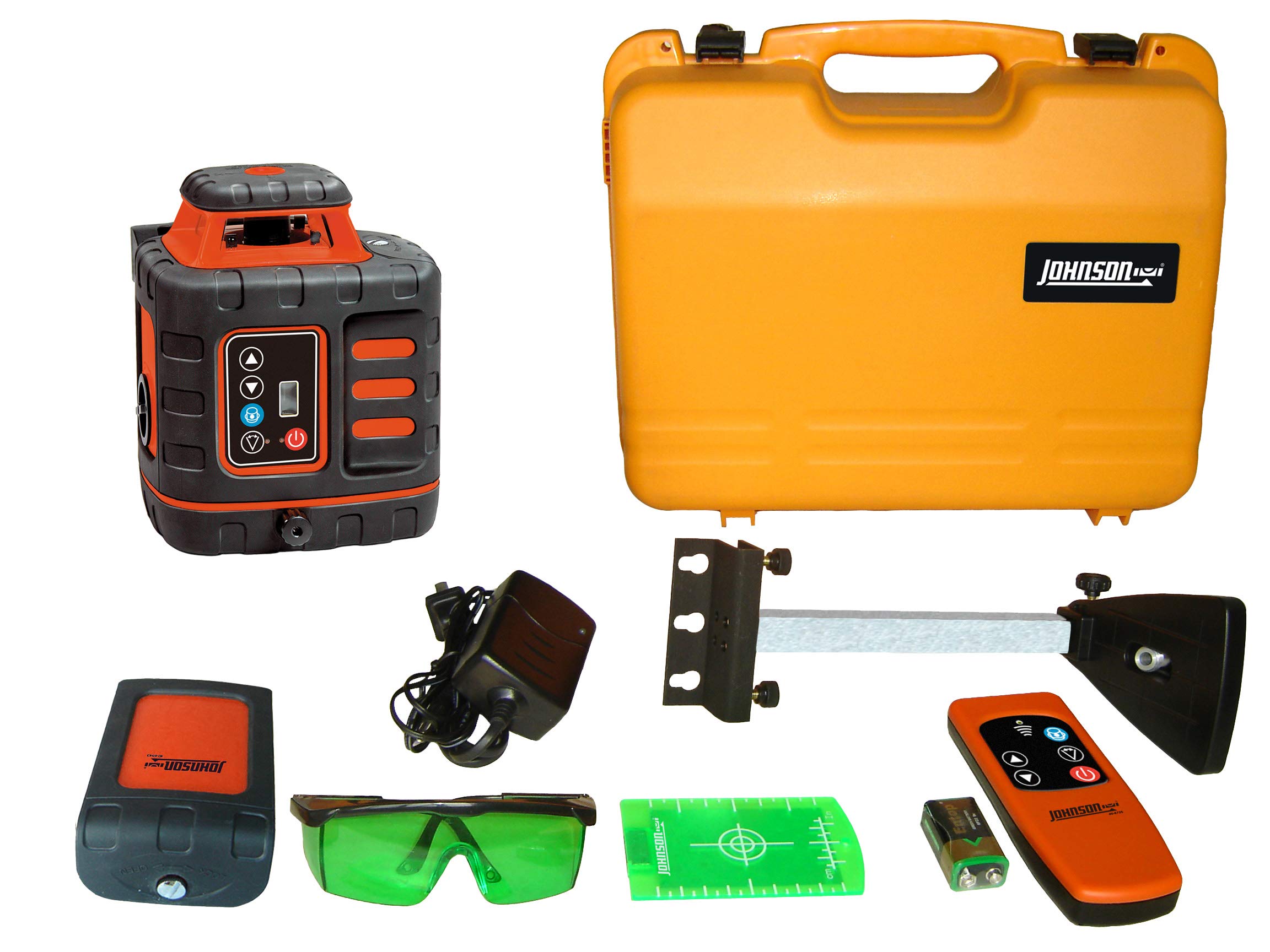
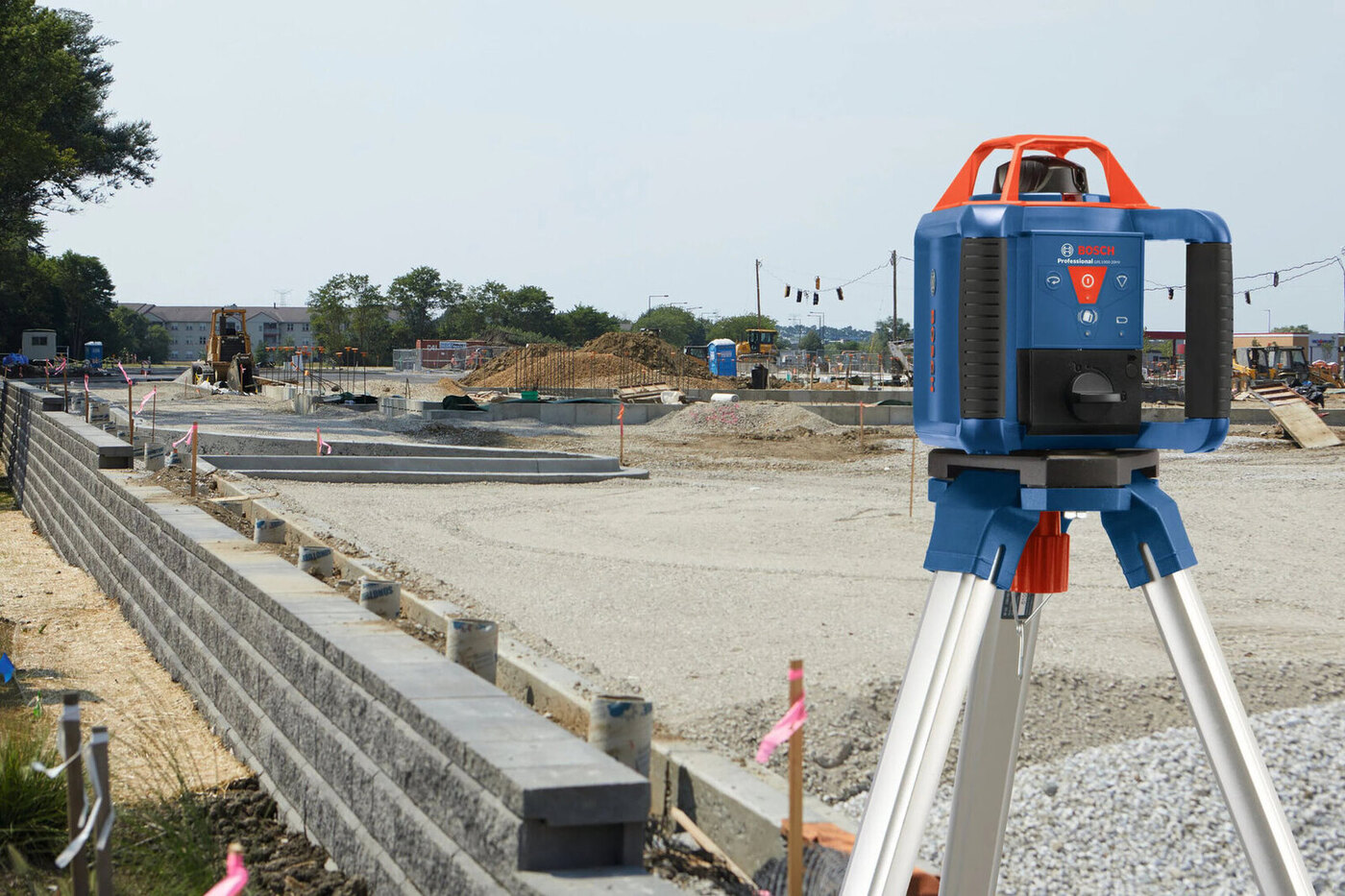
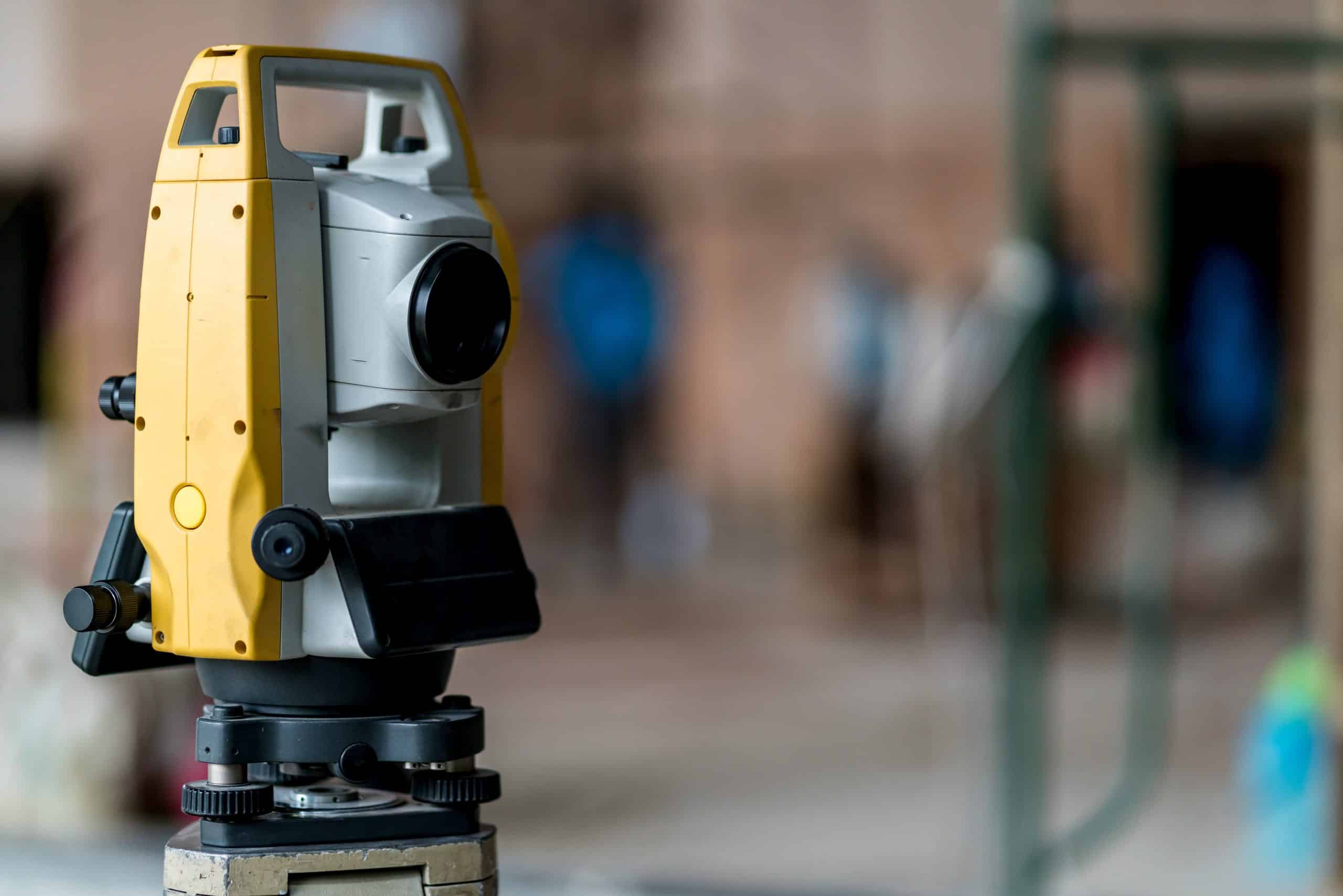
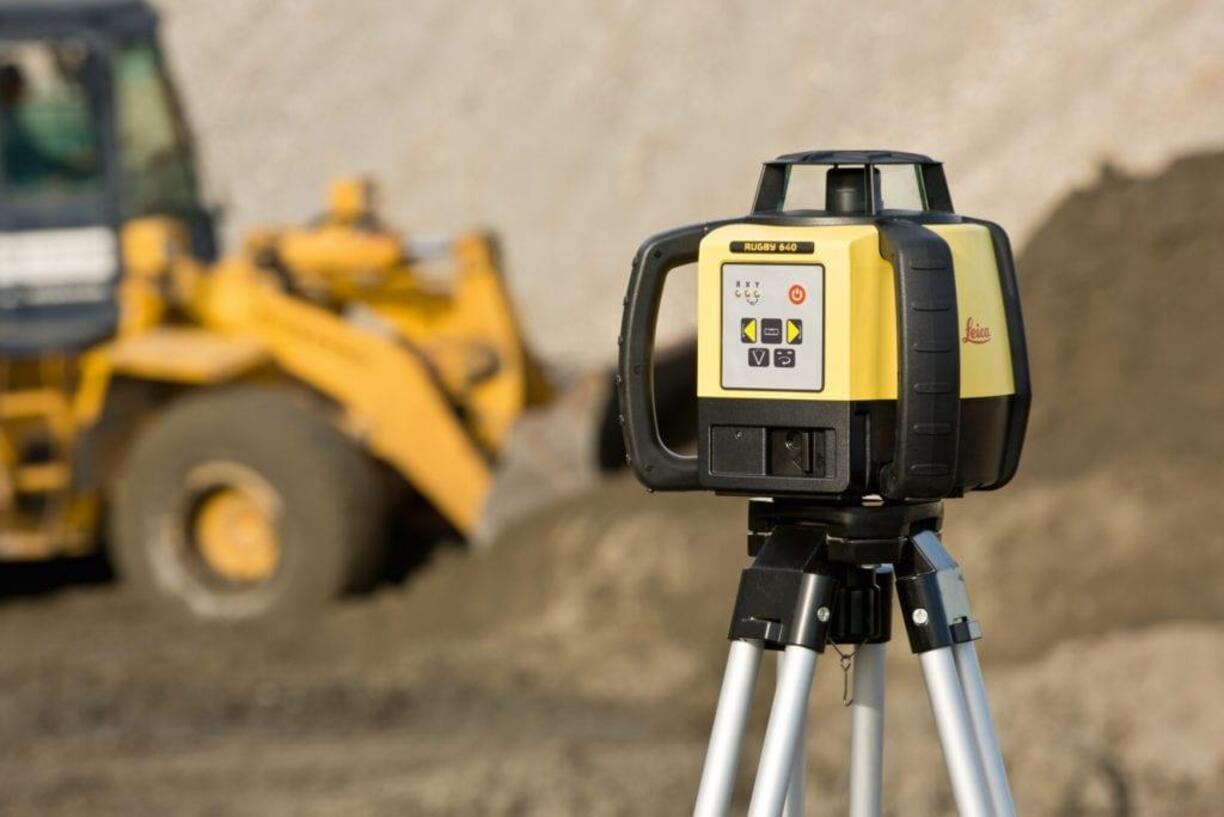
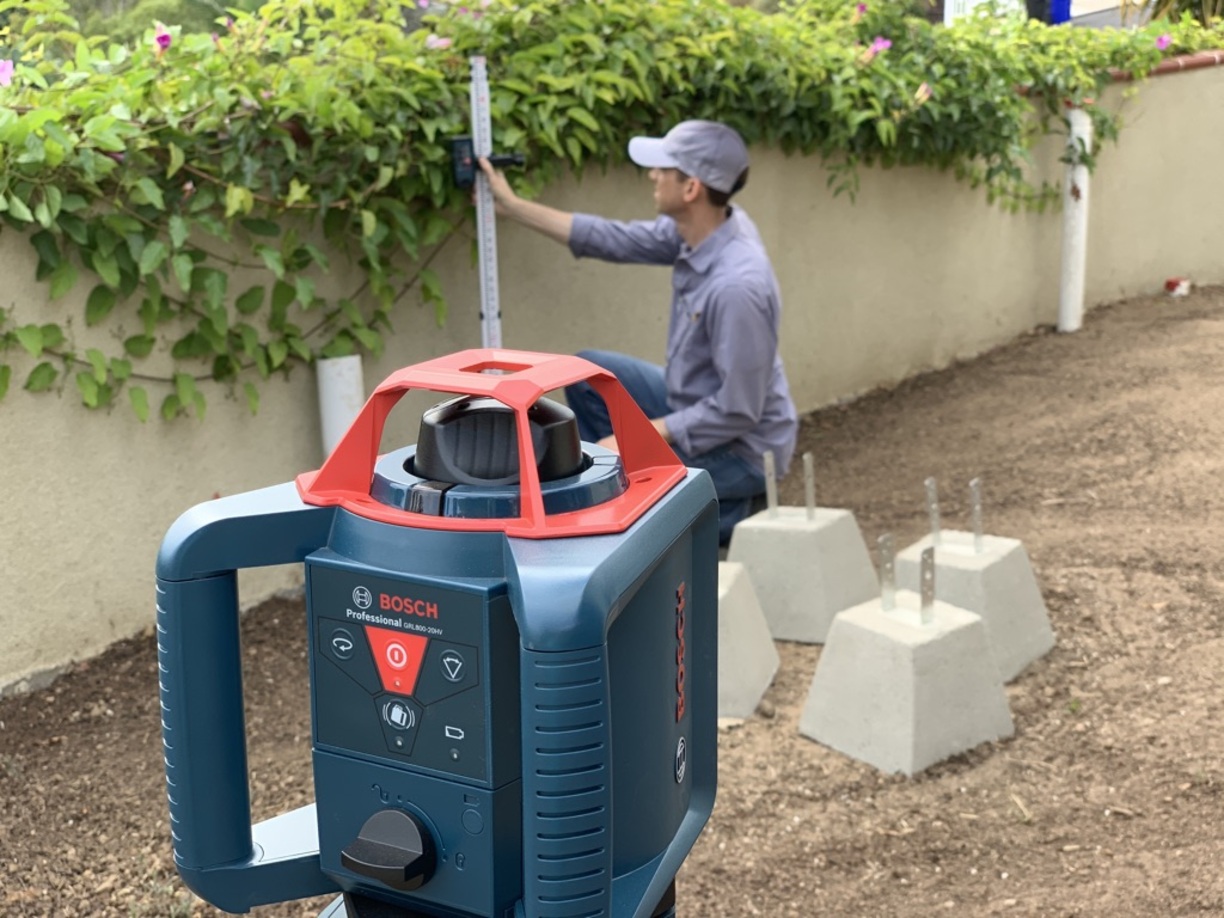
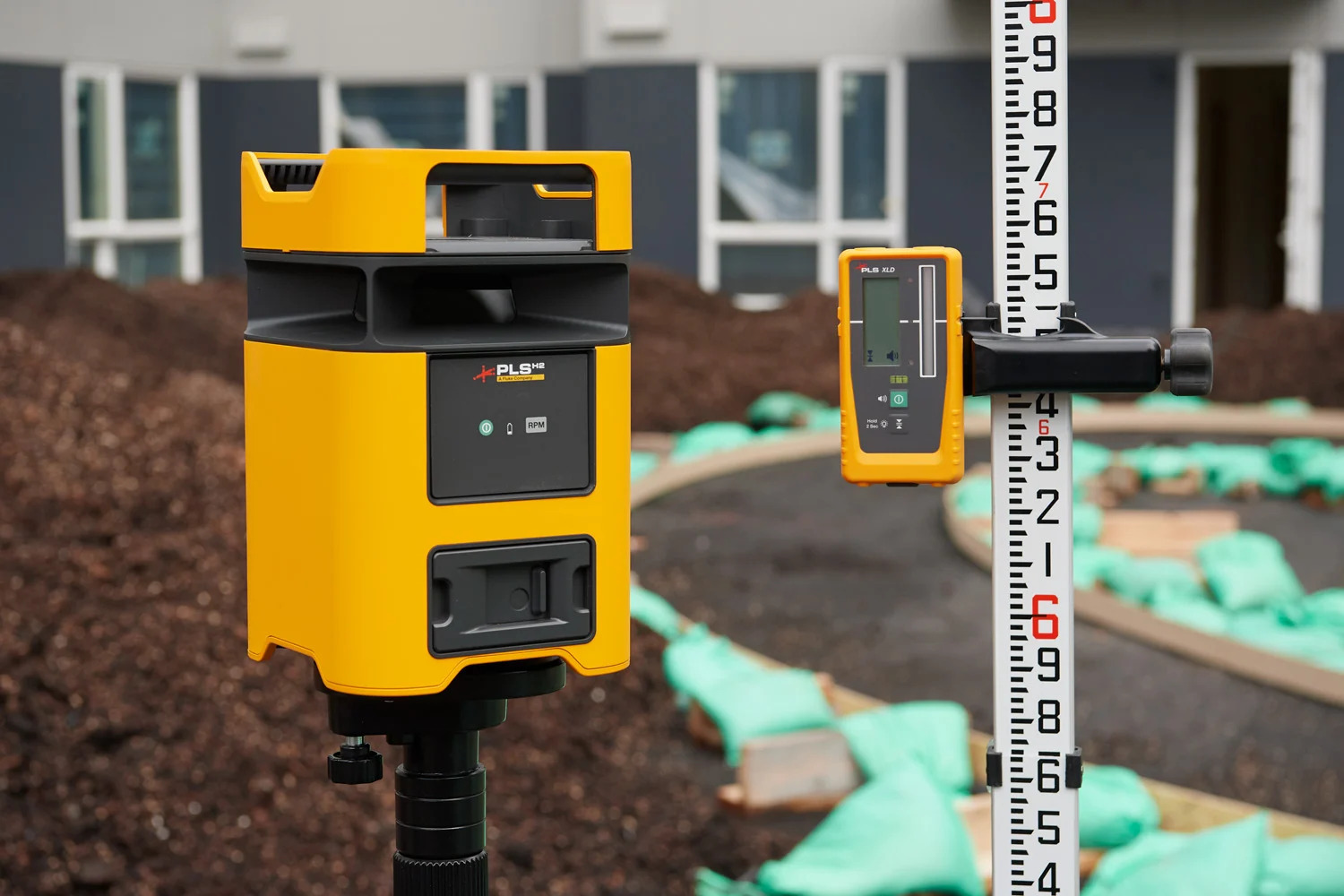
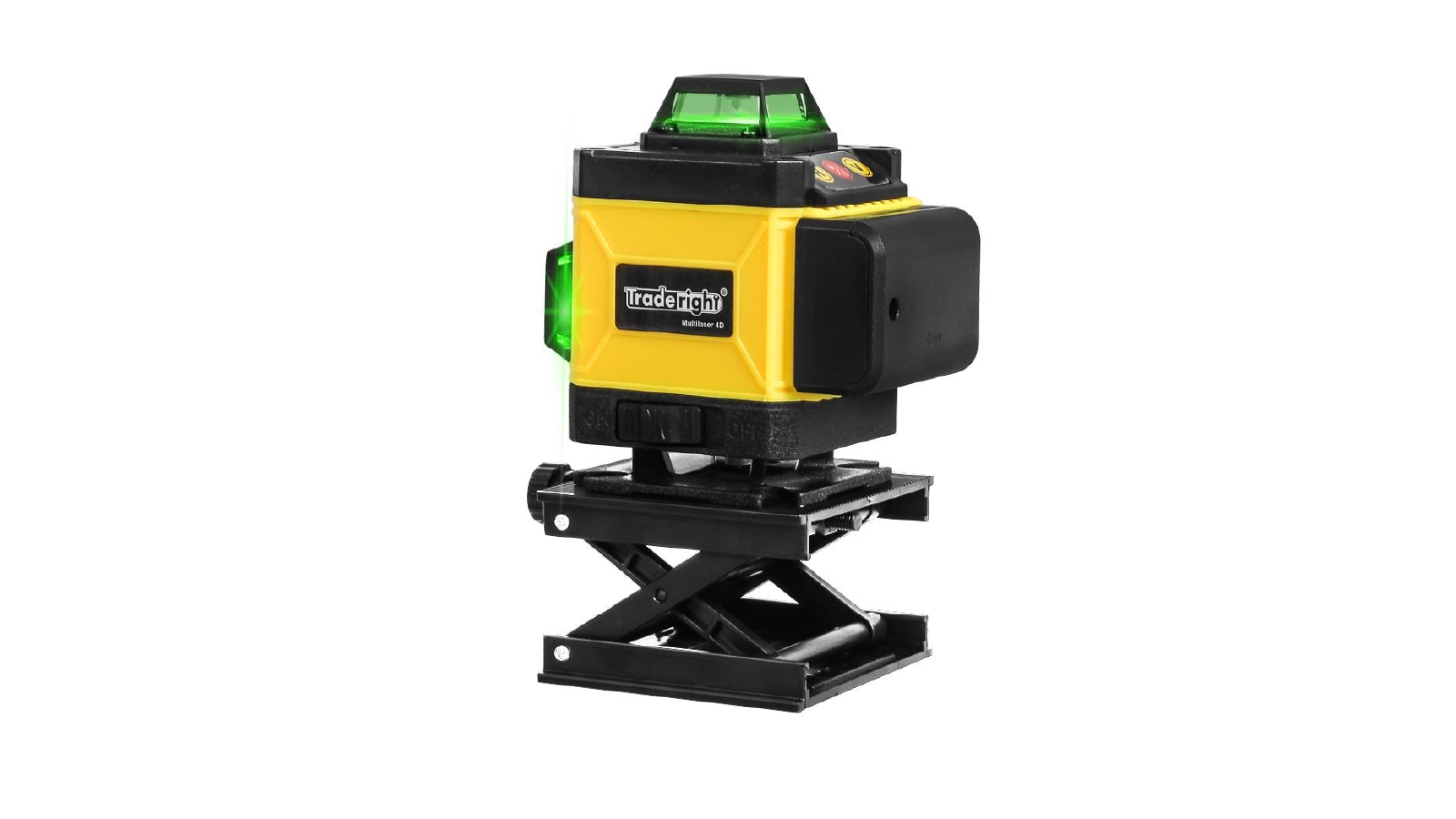
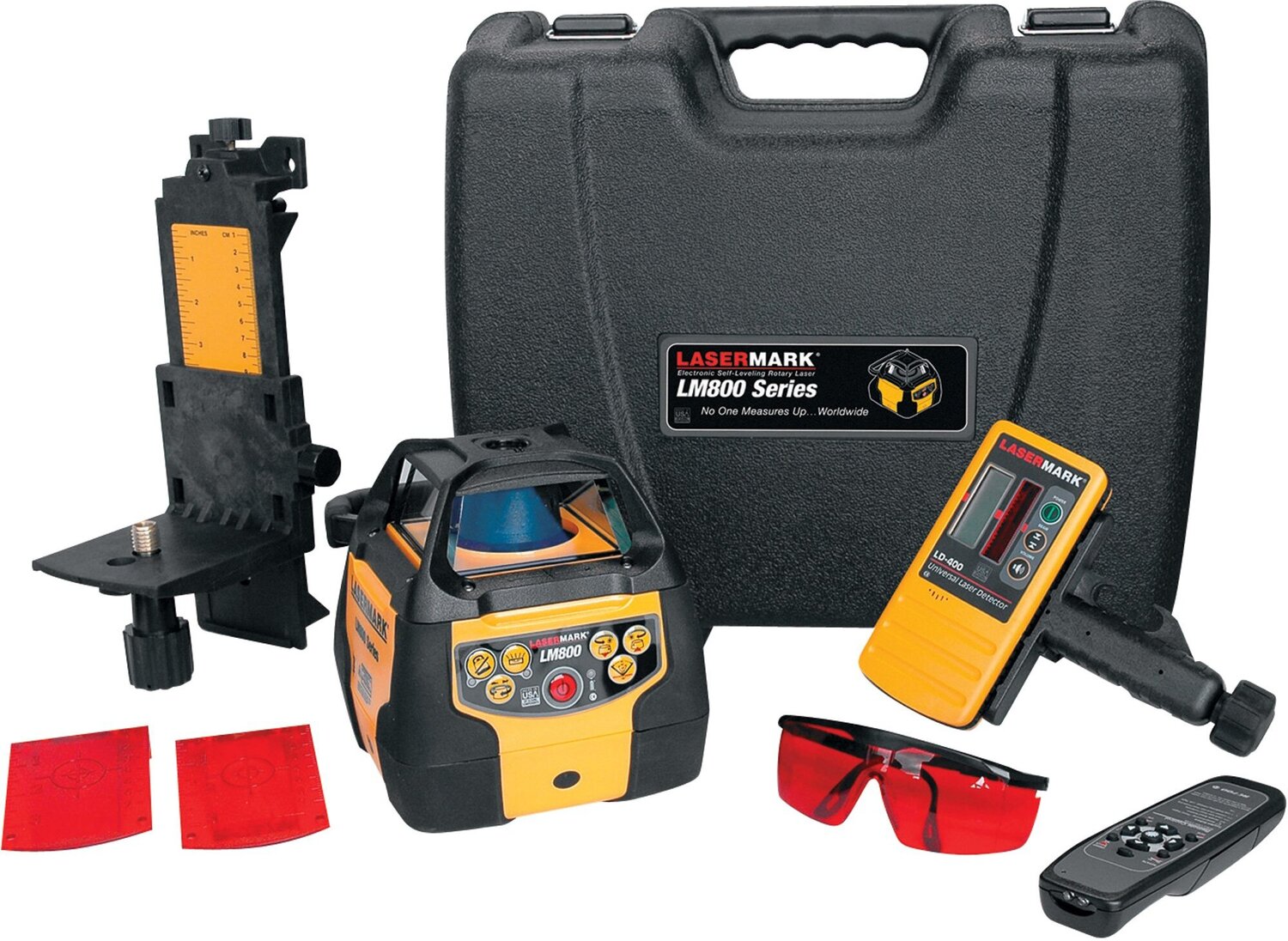
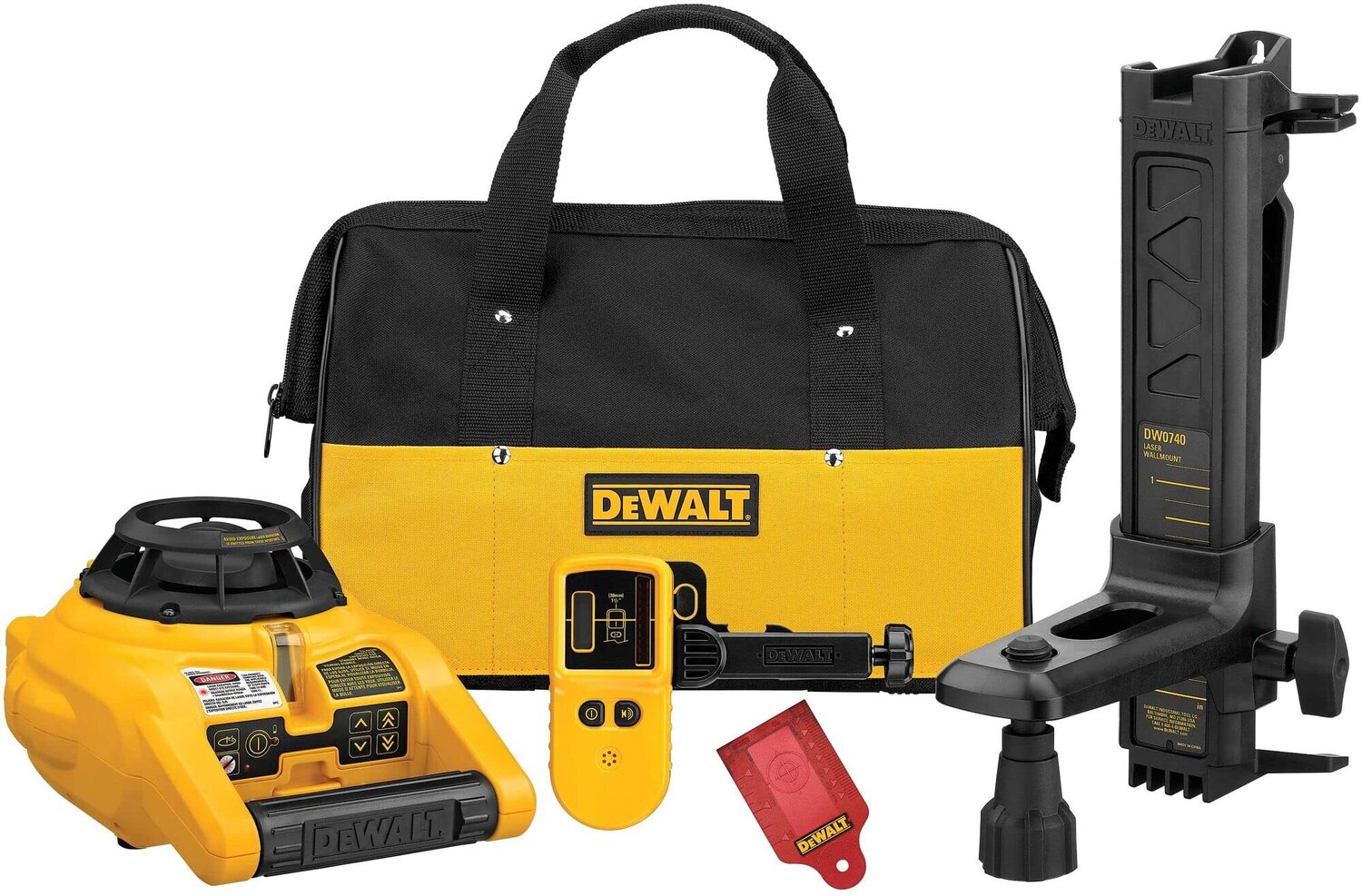
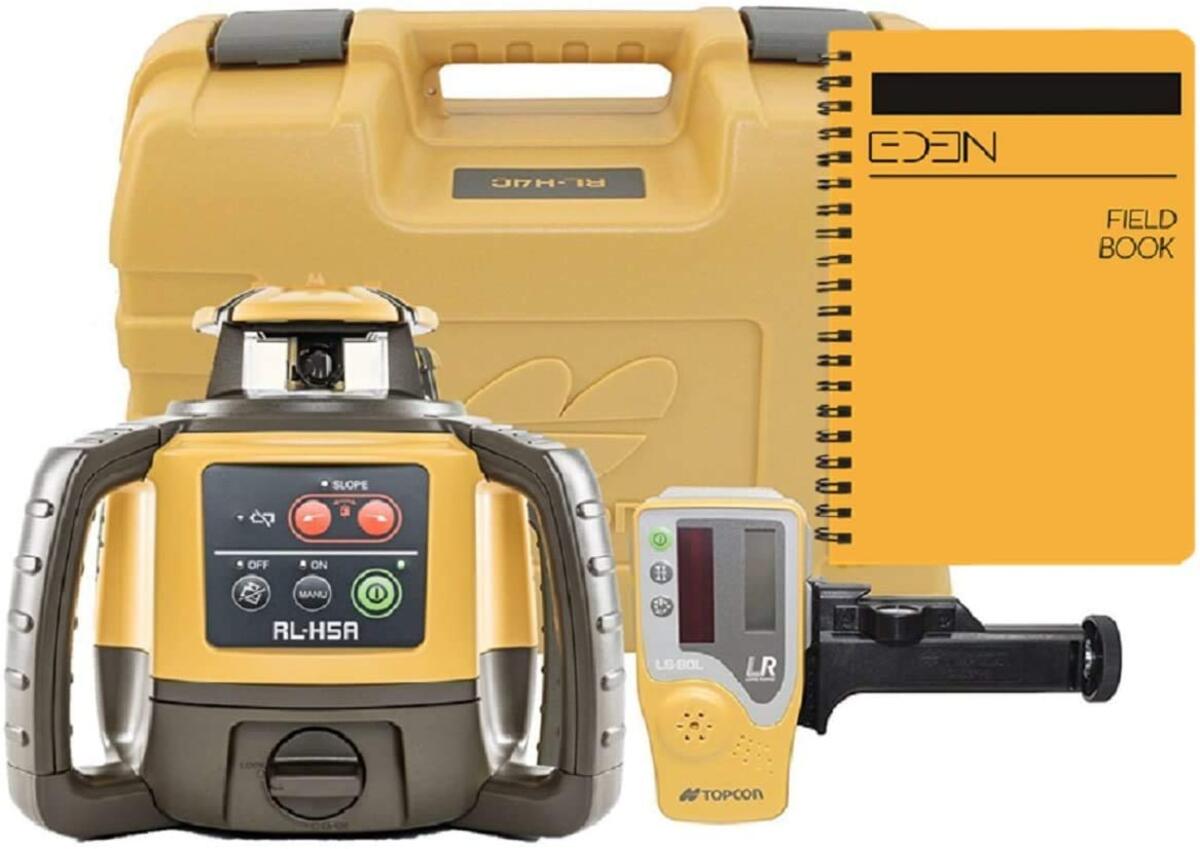
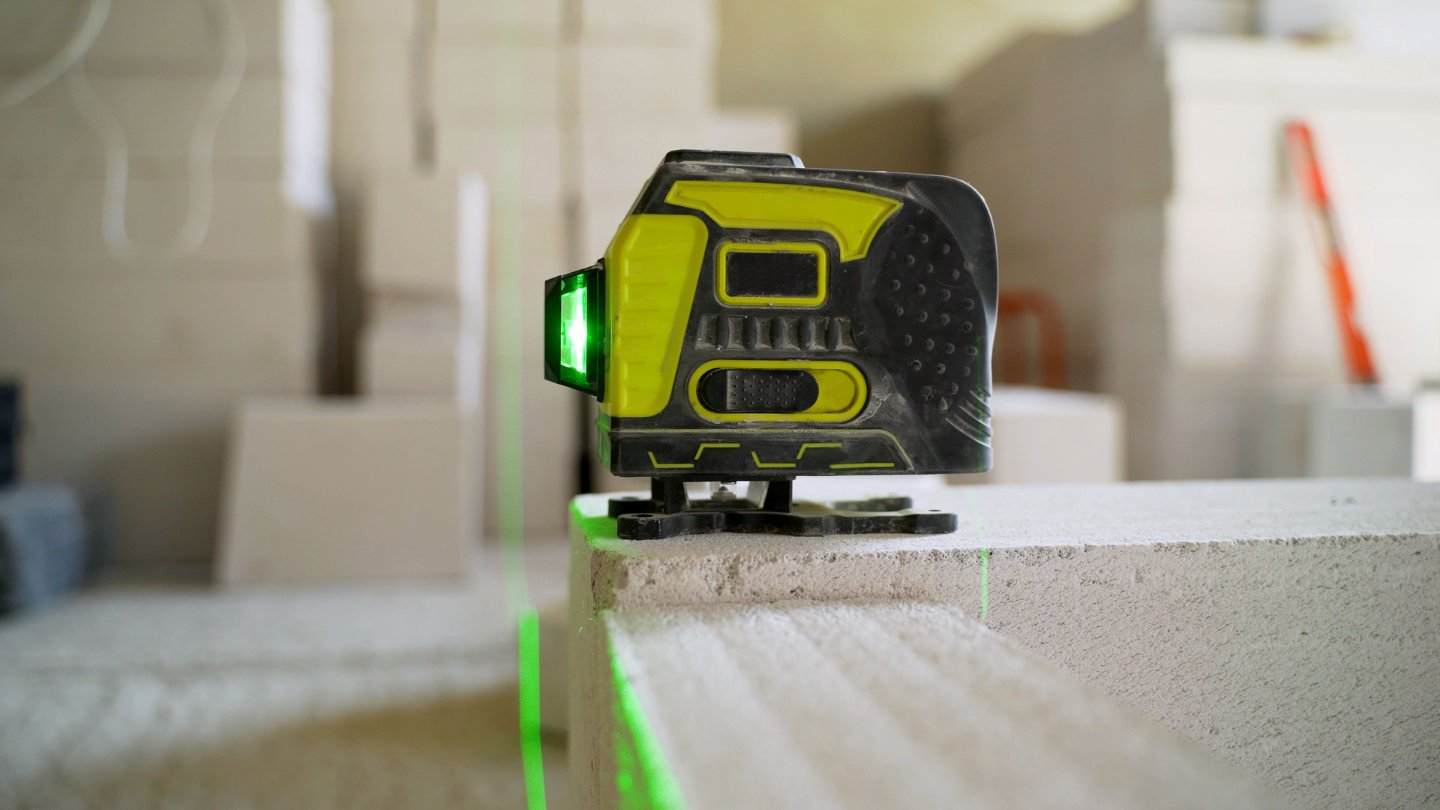


0 thoughts on “Who Uses Rotary Laser Level”